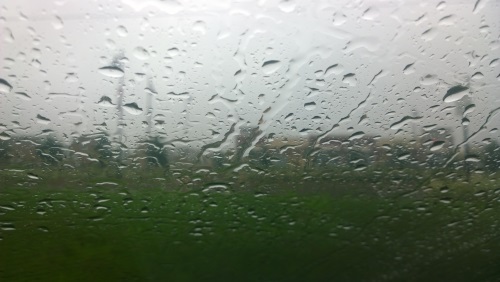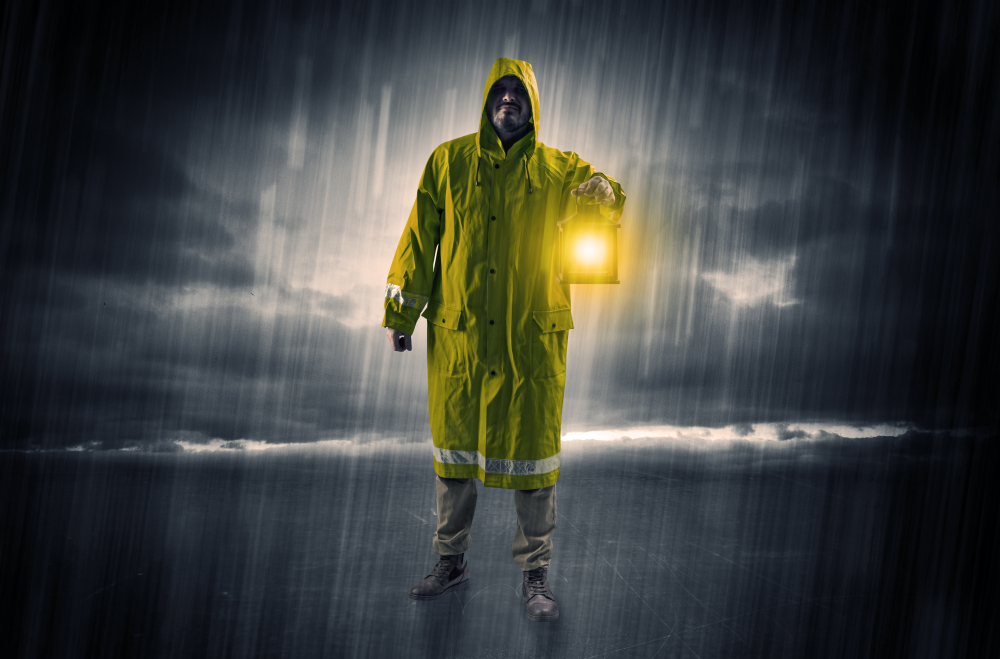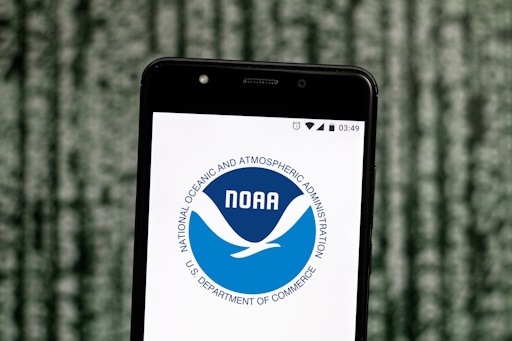Should you be Worried about the 2020 Hurricane Season?
While we've all been sheltering at home and worrying about toilet paper, the 2020 hurricane season has been slowly creeping up on us. The season...

Hurricane season starts on June 1st and is slated to last through the end of November. Each year around this time, the National Weather Service and other entities (like Colorado State University) publish their “official” projections for the upcoming hurricane season. The theme for this year is something like “it will probably be about average, but we really don’t know”.
 The predictions for hurricane season list four numbers. The first is “number of named storms”, which is always the largest number. This includes tropical storms and hurricanes. The second number is the predicted number of hurricanes. This includes hurricanes that form in the middle of the ocean but do not threaten land. The third number is number of major hurricanes, category 3 and above. Again, these may or may not threaten land. And the final number is U.S. storm landfalls, which is what we care about the most.
The predictions for hurricane season list four numbers. The first is “number of named storms”, which is always the largest number. This includes tropical storms and hurricanes. The second number is the predicted number of hurricanes. This includes hurricanes that form in the middle of the ocean but do not threaten land. The third number is number of major hurricanes, category 3 and above. Again, these may or may not threaten land. And the final number is U.S. storm landfalls, which is what we care about the most.
Here are the predictions for the 2016 Atlantic Hurricane Season – the first number is the prediction, the second number in parenthesis is the average.
Named Storms: 14 (12)
Hurricanes: 8 (6)
Major Hurricanes (Cat. 3+): 4 (3)
U.S. Landfalls: 3 (3)
So it looks like they’re predicting a 2016 hurricane season that could be a touch above average, but not anything like the worst ones we’ve seen in the recent past.
Our big concern isn’t whether there are 12 or 14 or 7 “named storms” over the six month period. It’s whether any big storms are going to make landfall. It just takes one of them to send us scrambling. So, even if the projections are for an average season, it’s the one big storm that hits which causes the damage. Back in 1992, there were just six named storms all season. But one of them was Hurricane Andrew – a tiny little storm that you might remember. There were even fewer storms in 1983 – just four. But one of them was Hurricane Alicia. It was only a Category 3 storm, not even a full-blown Category 5 like Andrew was. But it hit the Galveston-Houston area and caused death and destruction on the same level as Andrew did in Florida. On the flip side, in 2010, there were 12 hurricanes formed but none of them made landfall.
So you never can tell about these things. That means you always need to be prepared for the worst.
Predictions are just that – predictions. This year’s Atlantic hurricane season has more uncertainty attached to it because of the possible transition in weather patterns from El Nino to La Nina. El Nino is the pattern of warm water in the Pacific that has cropped up at least 30 times in the last 100 years and 5 times in the last 15 years. El Nino causes weird and wild weather conditions in the United States, usually showing up on North America as wet weather in the Southeast and dry weather in the Western United States/Canada.
The sister phenomenon to El Nino is La Nina, a similar phenomenon that also produces strange weather patterns in North America. La Nina has followed an El Nino period only twice since 2007, but meteriologists are saying there’s a real chance it could happen again this year. The reason this matters is because La Nina causes drier weather in the Southeast, not wetter weather (like El Nino does). This kind of drier weather actually makes it more likely that hurricanes will form and hit landfall on the Gulf Coast. So if there’s a La Nina event this year, you can throw those hurricane projections out the window, because the weather service could be busier than expected.
It also means you may need to make sure your generator (and the fuel it runs on) is ready for the challenge that a busy hurricane season would bring.


While we've all been sheltering at home and worrying about toilet paper, the 2020 hurricane season has been slowly creeping up on us. The season...

Before the start of each hurricane season, weather scientists from places like the National Weather Service and Colorado State University issue their...

It's that time of year again - National Hurricane Preparation Week in advance of the 2014 Atlantic Hurricane Season starting on June 1st. This is the...